It’s been almost a year since I bought the Sony A7S III in Vietnam. Even though I didn’t use it every day, I feel like I have enough hindsight to make a first impressions review of the camera and the Sony ecosystem.
This will not be a technical study since there are already a lot of in-depth reviews out there. This will be more of an article from a usage and human perspective.
OUR SPONSOR OF THE DAY : NEONNIGHT.FR
Introduction
I have been taking pictures for over 10 years now. I started like many with a simple point-and-shoot camera from Canon. This segment has mostly been replaced by smartphones today, which have very strong computational power and are capable of post-processing pictures in real time.
My first camera as an enthusiast was a Canon T2i with a kit lens, and I later bought a Nifty Fifty or 50mm 1.8. Falling in love with playing with depth of field, I later upgraded to a 5D Mark II with a 50mm 1.4 USM, which was at the time an already expensive combo costing over 1500 euros.
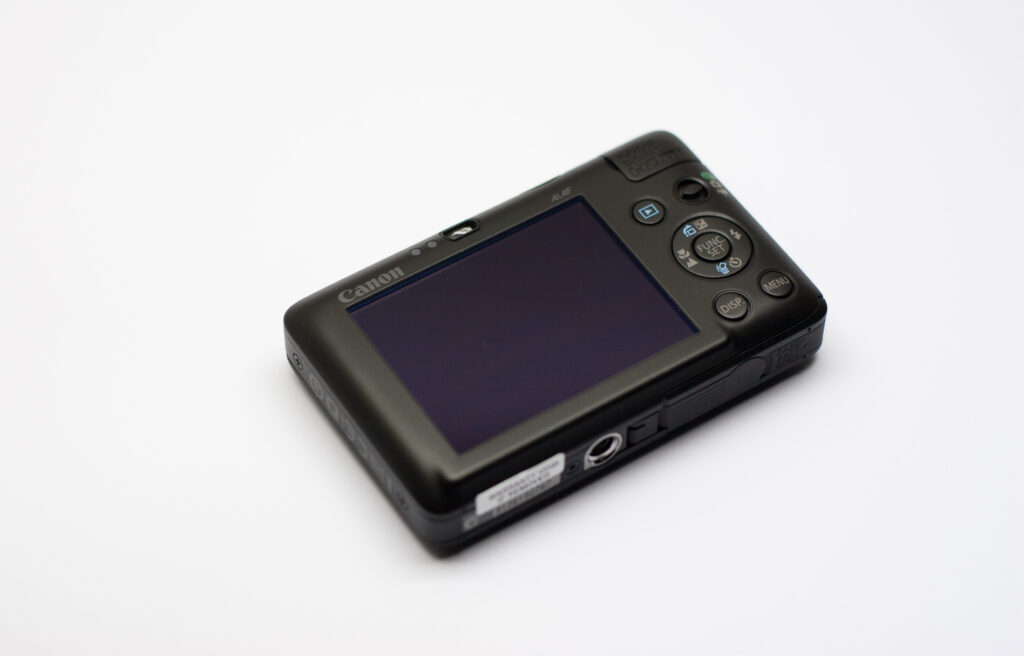
Later, I’ve used Nikon D800s, some Fuji X100s, a 6D, and a 5D Mark III. I’ve always been a fan of optical viewfinders for photography. For me, Canon was by far the best system, even though Nikon had something quite special as well.
Since 2019, I’ve mostly shot my photography with film. I found the process to be more interesting and the colors quite amazing. I still own a Leica M6 with a 50mm Summicron, and I am not considering ever selling it.
Even though this combo is my favorite when it comes to photography, I still needed a digital camera to shoot stills for clients, but mostly to learn how to finally shoot videos.
That’s why, after a long time of deliberation, my choice ended up being the Sony A7S III.
Why choosing Sony ?
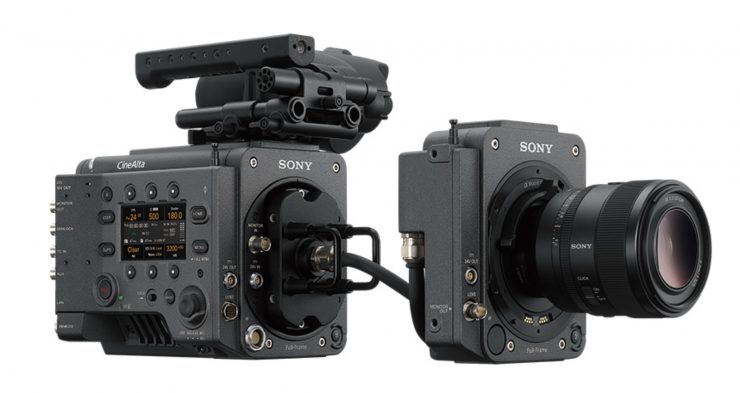
I’ll be honest; I’ve never been a fan of Sony. I am a Canon fanboy and prefer to buy from a camera-specific brand.Since Sony is the kind of company that makes tons of electronics, my thought process was that they don’t have the inherent philosophy and passion to create great products in each of their fields.
The truth is that Sony is just too good at everything. They make the best TVs, the best gaming consoles, the best headphones, etc. They are simply very good at innovating and creating better products.
When it comes to cameras, Sony is by far the most advanced and reliable system; Canon, Fuji, and Nikon are just trying to catch up at this point in time.
I’ve always been a fan of Canon Color Science and still am. But to be fair, if you compare top-of-the line cinema products such as the Canon C500 Mark II and the Sony Venice 2, there’s no comparison whatsoever; the image from Sony just looks so much more professional and cinematic.
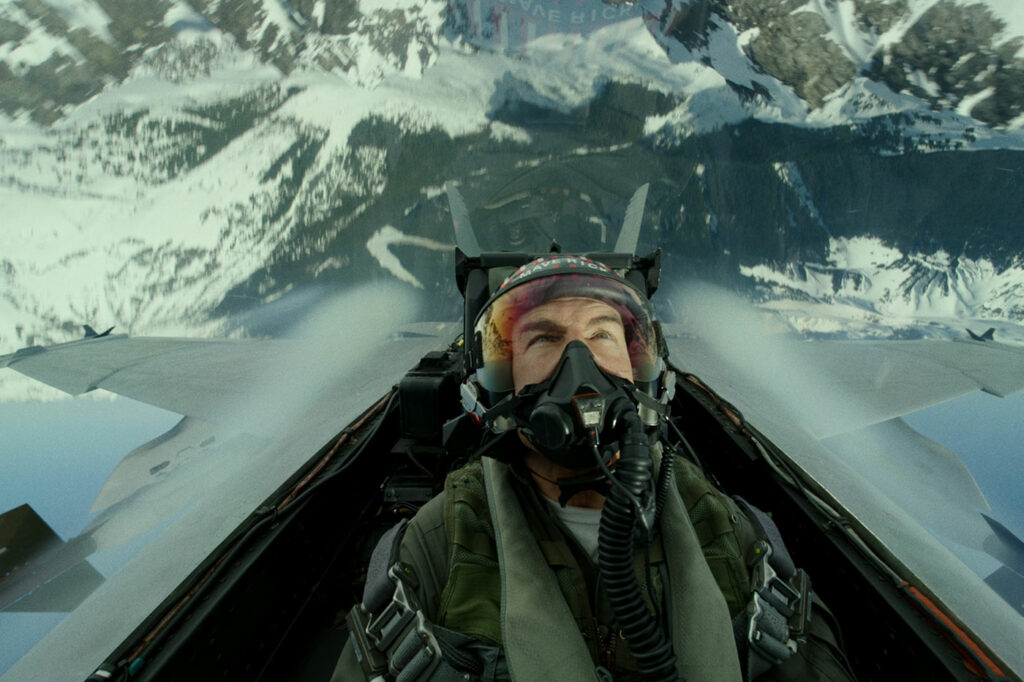
It’s perhaps not Arri Alexa or Red like. But it’s been enough of a primary camera to shoot two of the most commercially successful movies of 2022: Avatar 2: The Way of Water and Top Gun 2.
So Sony, in addition to being a great electronic company, is also pretty experienced in the professional movie industry. You can even use FE lenses on these expensive cameras.
Sony was also one of the first to market in the mirrorless full-frame market; therefore, they benefit from a larger and more cohesive choice of lenses. To be honest, their products are also better engineered and more adapted to video. It seems like they just have more money to spend than other companies.
Let’s take their IBIS system for example; it’s not the smoothest, but it doesn’t show any form of defect like warping corners with a wide angle, and as a professional, that’s exactly what you are looking for.
They also bought back in 2015 the revolutionary sensor technology from Toshiba and have been leading the industry since then. Most sensors are produced by Sony today; only a few competitors still use their own. So at the end of the day, the images they produce look the cleanest of any of the main brands.
Why choosing the A7S III ?
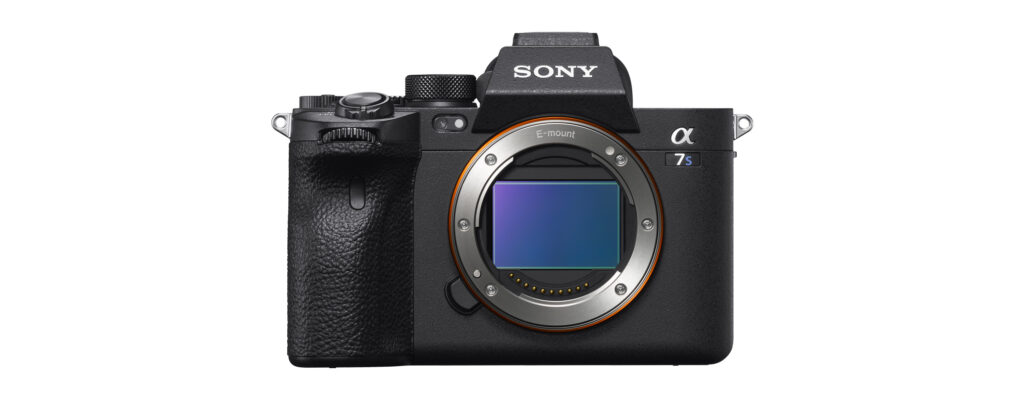
When I first bought my T2i, the idea has always been to make videos. Photography came naturally as a passion for images. I also have to admit that making professional videos is a process that involves more investments; for example, you’ll need lights and perhaps a team to produce some decent pieces of art, whereas you can produce some good pictures alone.
This time I was going to focus on video. The time to market was perfect since the quality of video was good enough for making a short film, and with this type of gear, perhaps even as a solo operator.
My main choices were the Canon EOS R5C, Sony A7S III, Sony FX3, and Sony A7IV. Black Magic Pocket 6K Prowas also on the line, and to be honest, it was definitely producing the best images of the bunch.
But I found the camera to be less polyvalent than the others; for one thing, they didn’t do the stills camera at all. The EF mount is a bit of an old mount, and a shorter flange distance is so much better for image quality. Also, the lack of IBIS and the BRAW workflow weren’t fitting my needs, even though the camera can shoot Pro Res.
Having shot with many bodies without stabilization, this was a non-negotiable criteria. I felt like Canon was lagging behind in terms of processing power and dynamic range. The EOS R5C Being a great hybrid camera, the LP-E6NH batteries are a bit of a joke compared to the NP-FZ100 in combination with Sony’s hardware. The codecs in Sony cameras are much more efficient, so it’s easier to have a decent workflow without having to stack SSDs.
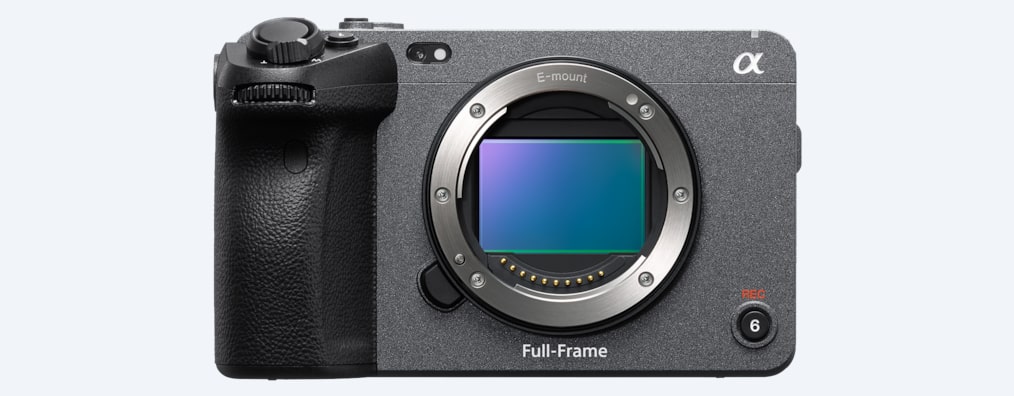
The Sony FX3 was my camera of choice for video because it was small, compact, ergonomic, and equipped with an active cooling system. The only issue is that the buttons are designed for video and not pictures, and I needed to do both.
So for having the best of both worlds, the Sony A7S III was a clear choice. 12 megapixels was a bit on the low side, but I’ve never really sent customers pictures over 4000 pixels in horizontal resolution, and I never crop my pictures anyway.
The Sony A7S III also having a class-leading EVF helped me in my decision. Compared to the A7IV, which has a sharper image and lower noise at moderately high ISOs like 3200 and 6400, This wasn’t an easy choice.
At the end, I chose to privilege slow motion over these criteria, the A7S III being able to shoot 60 and 120 fps with an unnoticeable crop.
The things I love about the A7S III
This was my very first time with a mirrorless EVF outside of a Fuji X100S. I’ve always been in favor of optical viewfinders. You can see reality, and screens can’t compete with your eyes, but when it comes to video, EVF is the only way to go. While shooting video, you’ll need to preview the picture as much as possible, and you’ll need as much assistance as possible to expose and compose correctly.
Some people even use monitors for this with waveforms, which I totally understand. If you don’t shoot some form of raw image, you better know what you are doing when you expose a picture.
The Autofocus
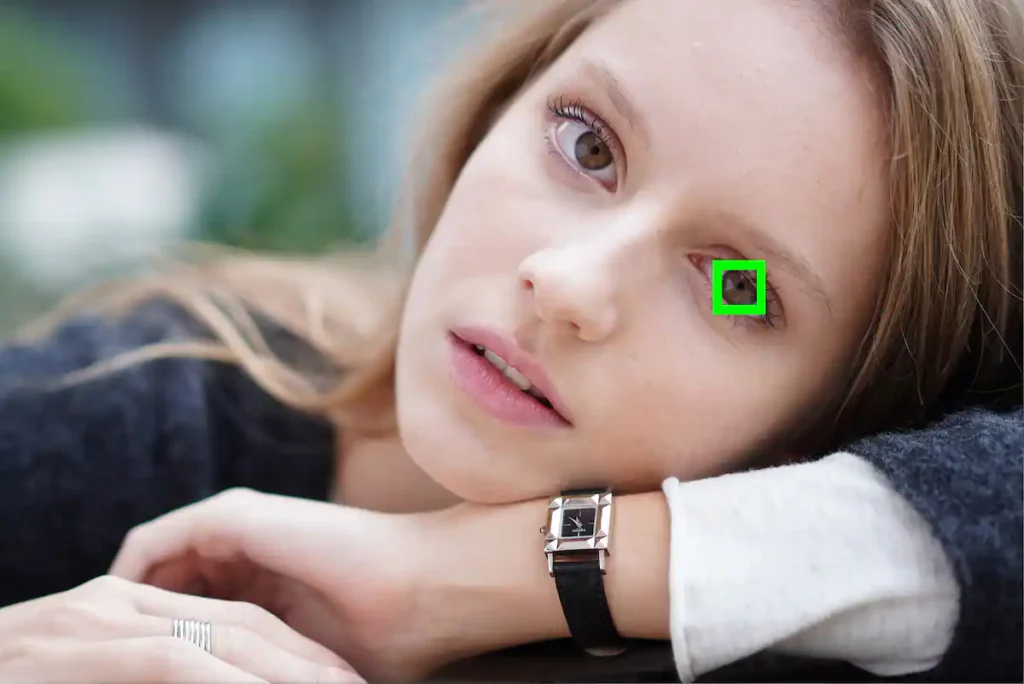
The Sony System, having tons of experience in EVF and therefore focusing while the sensor is reading, has an auto-focusing system that is just years ahead compared to the other brands.
While other DSLR users were mainly using focus and composition techniques. Sony users already had face and eye tracking. This technology is simply a game changer and releases you from having to pull focus or have a focus puller when on a gimbal.
Having done some recent photoshoots with the autofocus, I can tell you it’s not perfect, but miles ahead of the competition. You can also always use the focus-recompose method when you need it.
The Lens Selection
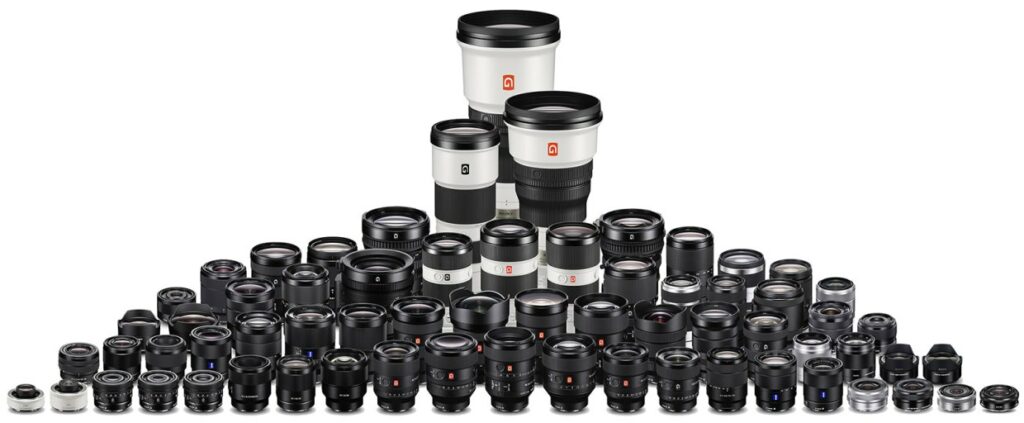
Sony has been in collaboration with Zeiss since they first released their mirrorless Alpha cameras. Since then, they have been learning from the best and have produced some of the best lenses ever for a consumer system. Even better than Zeiss themselves.
Each lens manufacturer has a specific philosophy and look. Sony went as well as Zeiss for a modern look, which is ultra smooth bokeh. A detailed image without being too edge-cutting, popping in sharpness like Canon
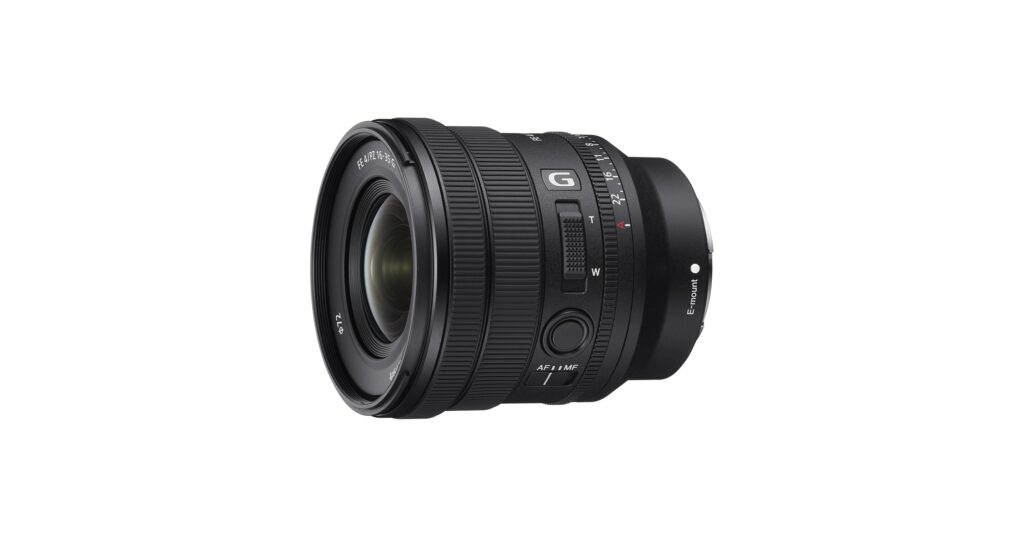
If you compared Canon and Sony Lenses, Sony tend to produced better overall lenses when it comes to sharpness, distortion, chromatic aberration and focus breathing. They are simply more optimized for both photo and video.
Sony have a lineup that is also so much more complete than any other manufacturer. They have for example internal focusing dual motors technology both very quick and smooth, free of any form of stepping and often breathing compensated.
They also have a selection of electronically operated zooms like the Sony 16-35mm PZ lens, which is quite amazing for video users.
It’s simple: since their release of the 24mm 1.4 GM, almost every lens has been a home run when it comes to performances. They have been releasing stellar lenses after stellar lenses.
The Color Science
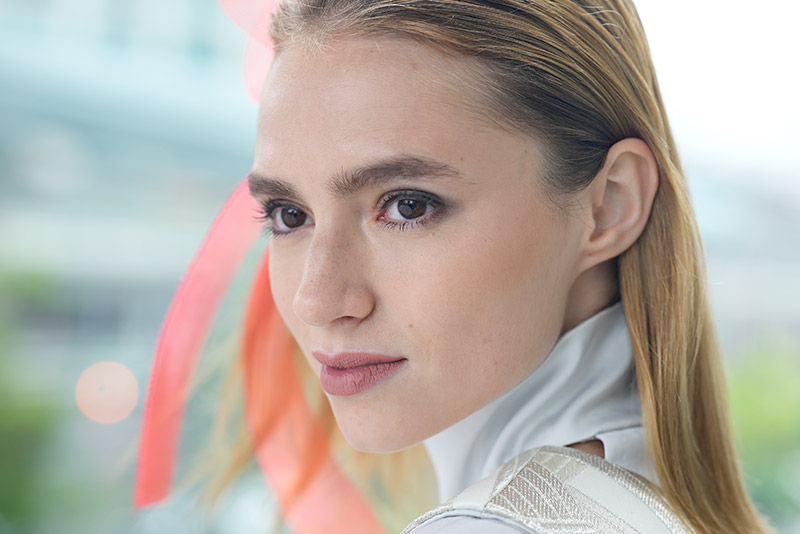
Like I previously mentioned, I am a big fan of Canon Color Science. I feel like they pop out of the box, and with a little magenta shift toward green, they can look absolutely stunning and realistic.
I’ve never been a fan of Sony Color Science, but since the A7 III, they have made huge steps in the right direction. To put it simply, I feel like the colors from Sony are more neutral and natural. They tend to shift more around green and yellow, which I personally prefer.
I am a big fan of painting, and even painters tend to gravitate towards these colors. I feel like the larger the spectrum of colors, the more it tends to shift in this direction since they are much more shades of green than the rest of the colors in a wide gamut.
In other words, the richer the colors, the more they tend to have shades of green and yellow. This is especially noticeable on skin tones; just look at the Mona Lisa.
Skin tones
The colors produced straight out of the box are mostly very realistic and pleasing, though they lean slightly toward the neutral side. However, under certain conditions, such as artificial lighting, skin tones can sometimes take on an odd magenta cast.
I haven’t experienced this issue with Canon or Nikon, which share some sensor technology. Generally, you wouldn’t notice this unless you compare images side by side, but it can be quite noticeable, especially with the EVF.
For video, Sony, particularly with the A7S III’s 4K sensor, offers a nice cinematic look with a certain softness. While Sony’s colors are rich, Canon’s are more lifelike and realistic straight out of the box. I wouldn’t say one is better than the other; it depends on your specific needs.
The image quality
For me, the two most important criteria for buying a camera are ergonomics and final results, or, in other words, image quality.
For this, the best way to judge is basically to watch samples and productions using the same gear. You can both see the image out of the box and how you can make it look with a bit of grading.
This is one of the most important factors since it will be representative of the output quality you’ll be able to reach for yourself as well as for your clients.
Obviously, images from the Black Magic Camera look amazing, but at the end of the day, ergonomics will dictate the quality of the image as well, especially when it comes to movement and camera placement.
Two of the cleanest shorts I’ve seen have been shot on the Sony FX3. One is by Danny Gevirtz, and the other is Get Away, a 17-minute short film developed by Michael Gabriele and DP Ryan French.
If both of these movies are perhaps not the best image quality you can see on Youtube, I feel like it’s more than adequate to tell a story, and this is what it’s all about: telling a story.
The Ergonomics
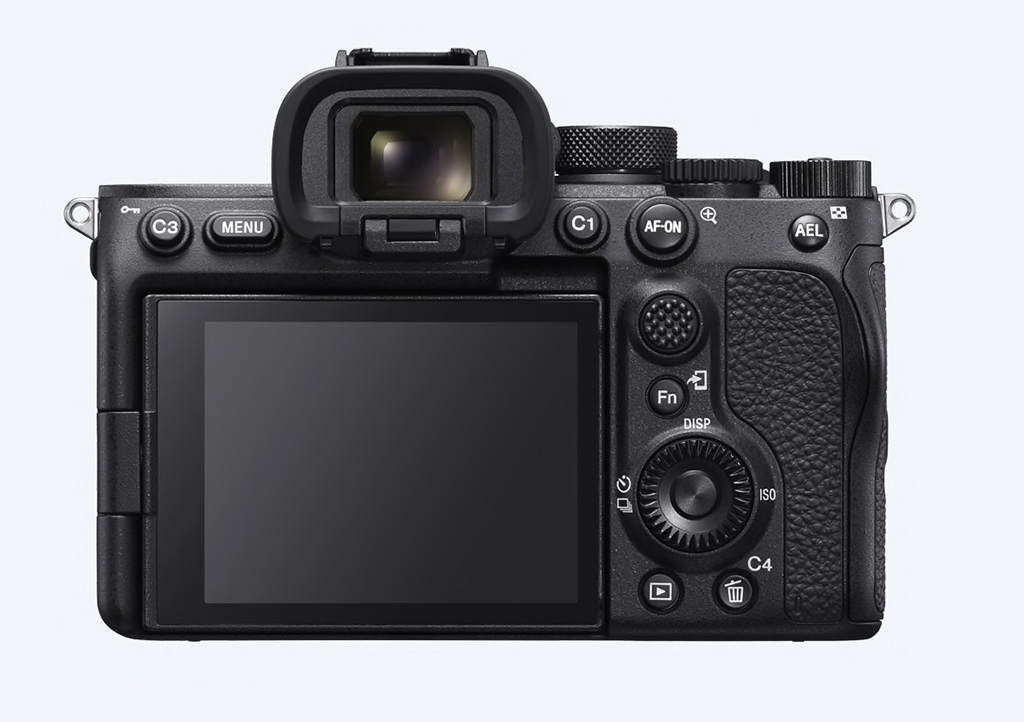
Sony doesn’t make the best menu; that’s a well-known fact. Canon is very good at this. But they are definitely going in the right direction with the upgraded and custom menus present on the A7S III.
Ergonomics is not just menus but also the gear itself, the codecs, the accessories, etc. In comparison to an Arri Alexa, the A7S III has a smaller and lighter form factor.It can be mounted on a DJI RS3 or even an RS3 Mini.
The best camera is the one you have with you, and you are more likely to use your camera if it’s light and easy to unpack.
IBIS System makes it easy to shoot hand-held pictures without the need of a tripod without showing any form of artifacts, especially at extreme wide angles.
Accessories like hot shoe microphones and an internal good preamp also give this camera a very good usability when it comes to recording sound internally. There is no need to deal with audio synchronization in post.
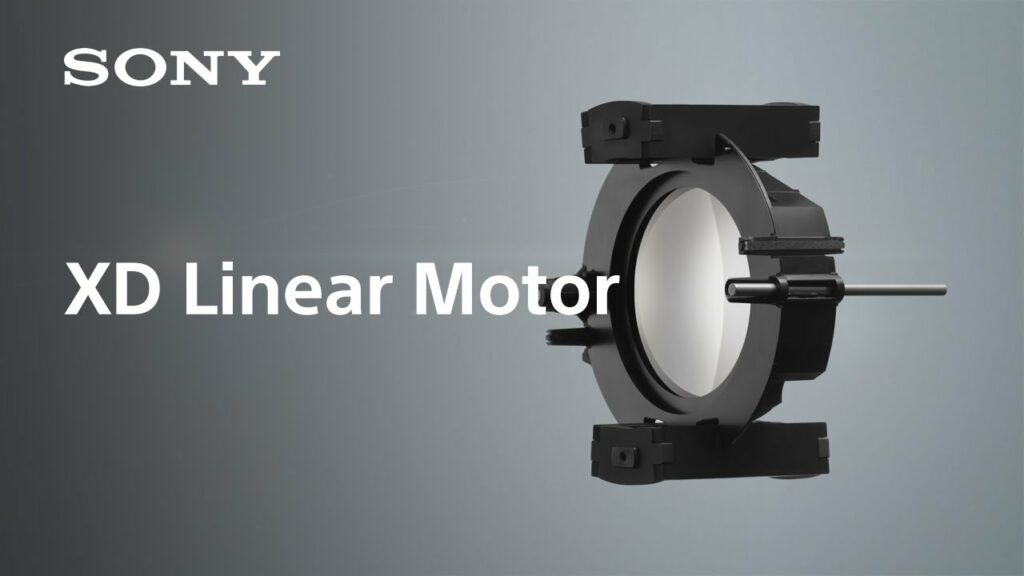
Lenses often have linear focus motors, which makes manual focusing a great experience since you can consistently pull focus with accuracy. They also have tons of customizable buttons, which I do not use personally, but for example, being able to hold the focus somewhere is a nice touch.
The body has dual CFExpress Type-A cards, which makes it perfect to shoot heavy bitrate files and potentially have a backup or use proxies.
The flip-out touch screen is also a bonus for video shooters, and it’s also great to be able to transition the focus by touch. This camera is friendly for vlogging and self-shooting.
The battery life
The battery life of the NP-FZ100 is simply better than the competition. Sony made the right decision by switching their batteries. The market was focused on weight at some point but has gone back to beefy cameras anyway.
Possibility to scale
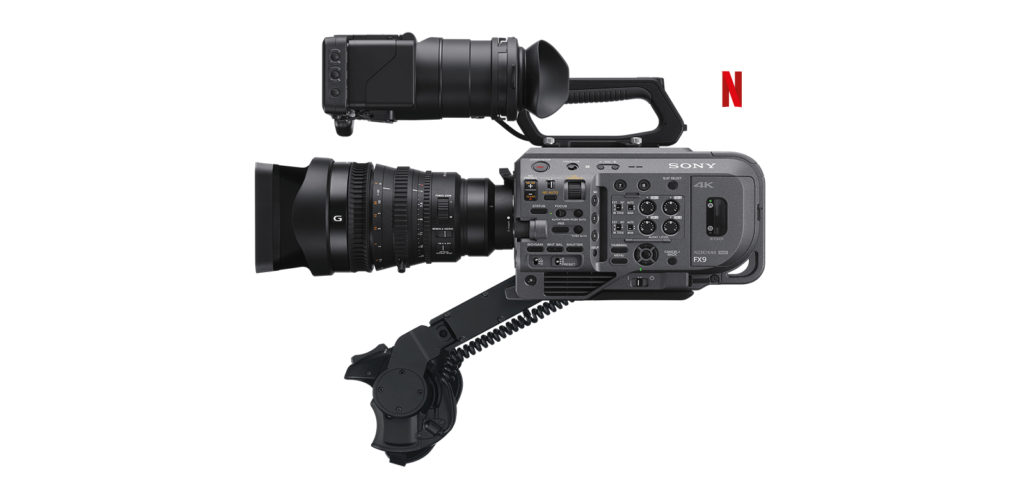
When entering the Sony ecosystem, you know that scaling and upgrading your clients and business is a possibility since even more professional cameras such as the FX9 and Sony Venice 2 can use FE lenses. The colors match up well between cameras, so your initial investment can always become a B-cam for action, tight spaces, or drone camera shots, which is exactly what you want from an investment.
The things that can be improved
Overall, this camera is quite refined when it comes to usability and technical specs. It’s not a perfect camera. Perfection doesn’t exist, and it’s always a choice between different compromises.
No dedicated dial for video
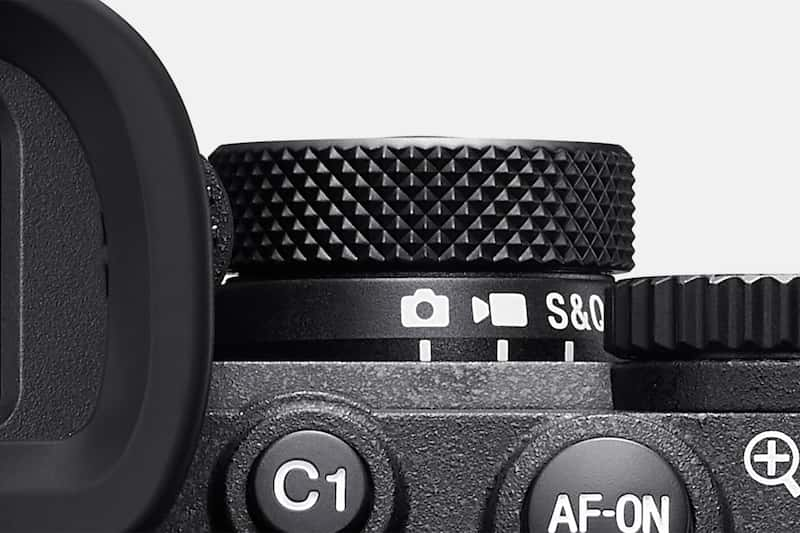
The most painful feature absent from the A7S III but present in the A7IV and A7R V is the dedicated video switch. Switching from video to stills can be painful since you’ll have to change all the settings like shutter speed, picture profile, etc. No need to say that going from shooting video in S-Log 3 to shooting jpgs in standard picture profile mode is quite a hassle.
Also, shutter angle settings and waveforms could have been welcomed as video features. At least the camera has a quick menu to change your most basic settings.
Price of CFExpress Type-A cards
The price for a CFExpress Type-A card is quite expensive compared to SD cards; I paid 390 euros for 160 GB. The worst part is that these cards are only necessary in some specific situations, like 120 fps, 10-bit video.
It’s almost the price of an external monitor recorder with an SSD.
No internal Neutral Density Filters
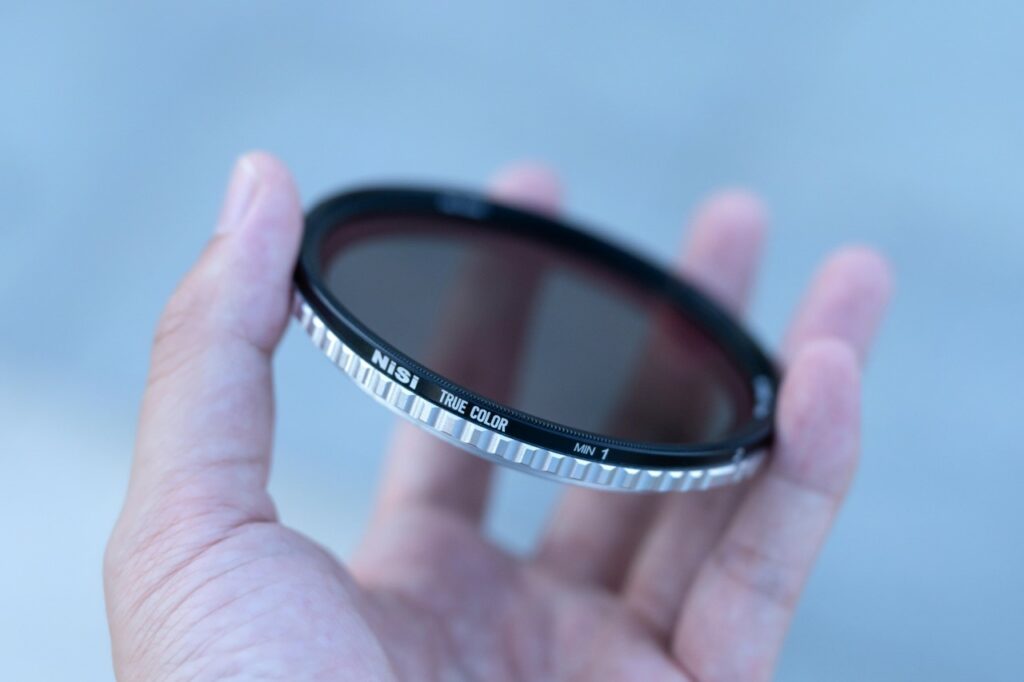
This one is painful as well. Most cinema cameras today have what we call a variable neutral density filter integrated in their bodies. Since videos need a shutter angle of 180° to look cinematic,
With the A7S III, you’ll have to hassle with a screw-in variable ND and all step-up or step-down rings. I recommend NiSi True Color VND if you don’t want another added hassle of fixing color casts.
Only the FX9 and FX6 have, I believe, the internal variable ND that is amazingly smooth in transition. I certainly hope this technology will come to smaller bodies.
Expensive lenses
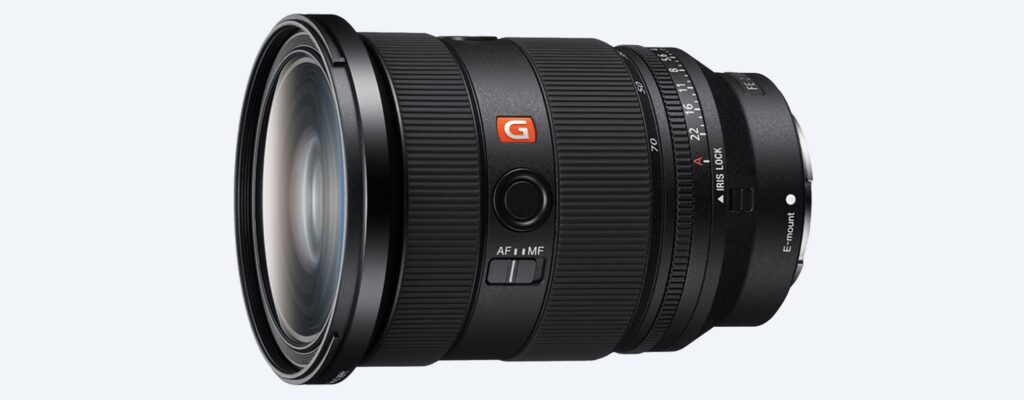
Sony FE lenses are quite expensive compared to the old EF mount lenses. I think there’s nothing in particular that should cost more, except perhaps the research and development. It’s still the same plastic, the same cheap motors and electronics, and some glass. Yes, perhaps it’s cut with a better degree of precision, but it’s still just glass or fluorine, not crystal or diamond.
A pair of view eyewear in Asia costs 10 euros with custom cut glass included, so why exactly does it have to cost hundreds of euros in Europe?
It’s just the kind of prices that are dictated by manufacturers; they sell as expensively as they can. Putting 2000 euros in a lens was ludicrous 10 years ago. For the price, you could have the best 70-200 f/2.8 II lens, brand new. Now it’s not even the price of a standard lens like the 24-70 GM Mark II, which is a shame, to be honest.
They are banking on the fact that video makers earn money and are willing to pay that kind of money, but even professionals find these prices a bit over the top for the value.
More megapixels
I strongly believe that more megapixels is a better solution to get sharper pictures but also to get lower noise at high ISO since oversampling cleans up a lot of chroma noise as well.
The next A7S IV will have more megapixels for sure, since a super 35 or APS-C crop can also be more than useful. Perhaps it will even be shot on a 6K or 8K native sensor.
I have to admit that I am already struggling with the file size of 4K recordings, so I am not too impatient about these upgrades.
Better integrated screens

The first thing I noticed when using the EVF is that the colors between the back LCD and the OLED EVF don’t match. The EVF, even if it has 10 million pixels, is less warm and less saturated than the LCD back screen.
The back screen LCD is low on resolution; it’s noticeable compared to the Canon back screen. Perhaps it’s a way to save battery, but at the end, it’s the main tool to judge exposition and focus.
Finally, the issue with flipping screens is that the screen, while flipped, is always off-center. Which makes it quite unintuitive. This has largely been fixed on the brand new A7R V.
No sensor protection
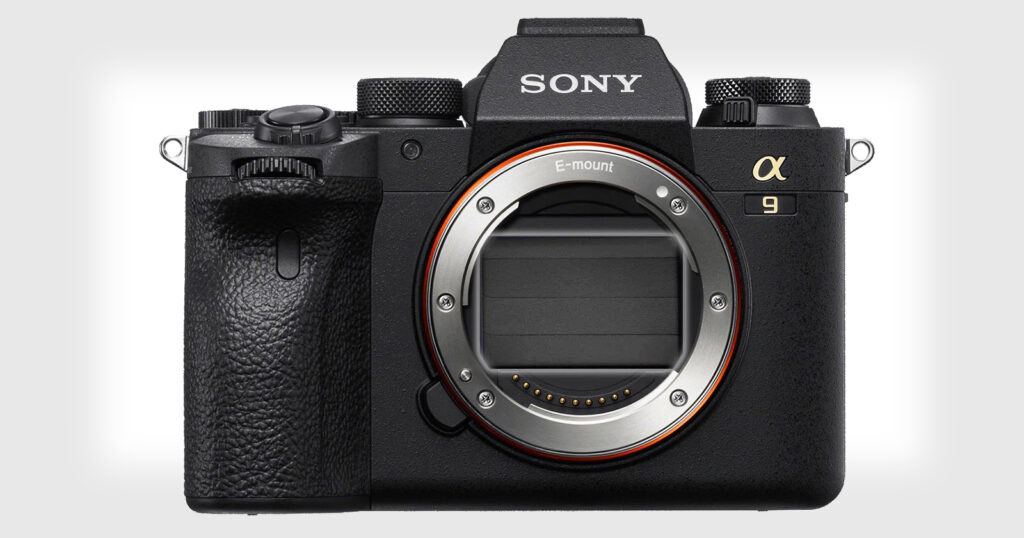
I think this one has been partially solved with the A7IV and A7R V, but the sensor is unprotected and prone to dust every time you change lenses.
Canon mirrorless cameras are more advanced since they protect the sensor with the shutter curtain automatically. This has been implemented via firmware update, but it’s always better when it’s not an afterthought.
Incomprehensible menus

If Sony’s menu has greatly improved, some settings are still not intuitive. For example, picture profiles have no name and instead are just named PP1 to PP11. I always tend to forget which one is S-Log 3.
The quality of the video has the same treatment, and between 4K S and S-I, it’s pretty hard to remember which one does what.
You can also forget about deleting a selection of pictures on your memory card; just transfer them to your hard drive and deal with the files there. Canon cameras are simply better for the user interface.
Hot and dead pixels
I don’t know why, but my Sony A7S III, even if it has been barely used since I bought it in 2022, is showing at least six hot pixels that are impossible to get rid of. I’ve tried to remap the sensor and change the date, but nothing is working.
For photos, this is not a big deal; for video, on the other hand, it means that all the frames will have these white or blue fixed points across the frame. Very distracting, and worst of all, not many solutions are available.
I think I’ve identified the problem: when you set a wireless remote control, like the DJI RS3, to start recording from the gimbal, the camera can no longer automatically shut off. This can lead to the camera draining its battery while leaving the sensor exposed, which could occur even inside your camera bag with the lens cap on. If the sensor remains exposed in complete darkness, it can result in pixel burnout, leaving you with many damaged pixels without understanding why.
I consider this a significant flaw, so I’ve since disabled the wireless remote control feature.
Power issues
The primary observation I’ve made transitioning from a DSLR is the significantly reduced battery life, mainly due to the sensor and electronic viewfinder needing to remain active for extended periods.
In comparison to a DSLR, which can easily last two full days solely taking photos, a mirrorless camera may struggle to endure a full day.
What’s particularly frustrating is the need to conserve battery power, requiring frequent turning the camera off and on during breaks, which results in a few seconds of delay each time it boots up.
Perhaps the most aggravating aspect regarding battery issues is that the camera sometimes switches on inadvertently in my backpack. This has led me to arrive at a shoot with a drained battery, necessitating immediate switching and recharging upon arrival. This is a flaw that was absent in my 5D Mark III or D800 DSLR.
Furthermore, leaving the camera open with the lens cap on for extended periods can lead to the emergence of dead pixels. This issue could have been quickly addressed by automatically putting the camera into standby mode after a certain period, especially in photo mode when no actions are taken, or in video mode when no recordings are made for an extended period.
To achieve this, the remote control mode must be disabled, thereby, for instance, disabling the ability to initiate recording via Bluetooth with a DJI RS3.
Battery level decreasing
I’ve never experienced this with other cameras, but the NP-FZ100 batteries seem to drain on their own over time. It’s quite challenging to maintain a 100% charge—after charging and leaving the battery in the camera for a week or a month, it typically shows between 95% and 80%.
Considering that the 80% to 100% range is where the battery lasts the longest, this is a little bit frustrating.
EVF
EVF is definitely a pro and con, on one hand you can preview exposure with ease but on the other hand the color is washed out, the frame rate can be a little laggy, it’s definitely a downgrade from seing from an optical viewfinder in my opinion.
For Strobist photographers, locating the menu option to disable exposure preview can be quite challenging. In fact, despite resorting to using Google and my phone during a shoot, I struggled to find the menu. In my opinion, DSLRs offer a much better photography experience in terms of cost.
Update Firmware 3.0
With the latest firmware update, the video menus have become significantly more user-friendly, and the addition of touch menus on the screen enhances the overall ease of use of the camera.
Moreover, they have incorporated shutter speeds of 1/48 and 1/96 to adhere to the 180° rule, although many users were anticipating a dedicated shutter angle switch.
However, one drawback is that despite the inclusion of a genuine 24 fps mode, the camera requires a reboot upon entering and exiting this mode.
OUR SPONSOR OF THE DAY : NEONNIGHT.FR
Verdict
8.9 out of 10
The Sony A7S III is the kind of camera that has made leaps and bounds over the competition. So much so that the system is very close to being complete when it comes to a portable hybrid system.
Even three years after its release, it is still leading the industry in terms of performance and ergonomics.
Sony, as always, has raised the bar and set a new standard that the competition has to catch up to and follow. Being a company that is leading the innovation in electronics, Sony benefits a lot from other activities such as building chips, sensors, and storage.

Even for a purist who used Canon, Nikon, Fujifilm, and Leica gear her whole life, I can’t resist the temptation any longer to use their tools, especially for creating videos and photos.
It’s simply the best camera, or more precisely, the most convenient camera, that yields the best results. I suspect that they will keep occupying this leading position for a long time and that we are coming closer and closer to being able to shoot a decent movie with consumer gear.
Informations
Sony A7S III ILCE-7SM3
Website : https://www.sony.fr/interchangeable-lens-cameras
Page of product : https://www.sony.fr/interchangeable-lens-cameras/products/ilce-7sm3
Youtube : https://www.youtube.com/@ImagingbySony
Video Production : https://www.neonnight.fr
Réalisations utilisant le Sony A7S III:
https://www.neonnight.fr/portfolio/photoshoot-xiaoyi-liu
https://www.neonnight.fr/portfolio/photoshoot-xiaoyi-liu




GIPHY App Key not set. Please check settings
One Comment